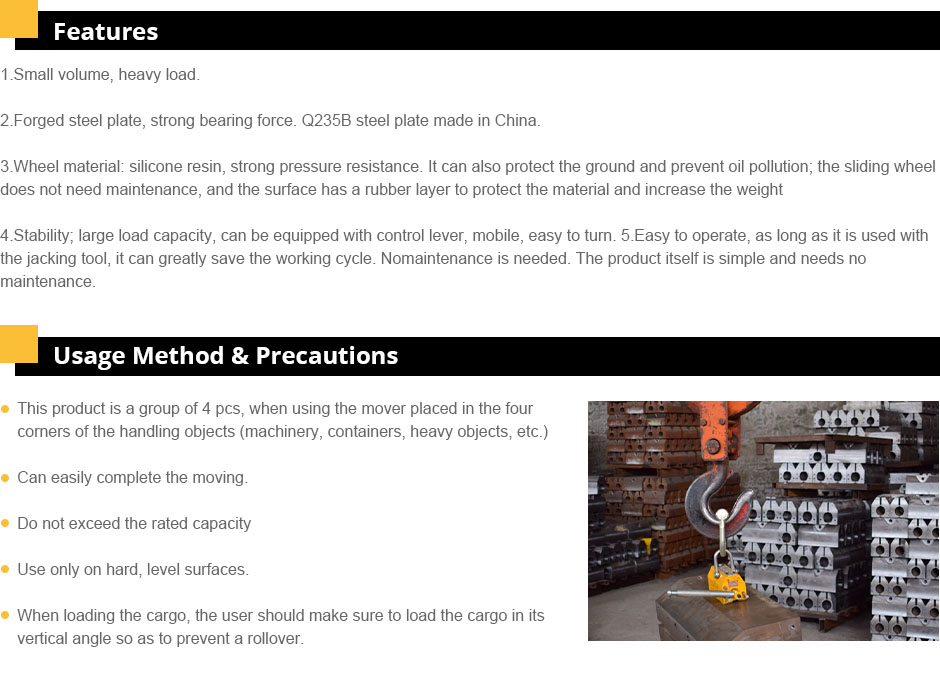Light Duty Gantry Crane - Portable & Efficient Lifting Solutions

(light duty gantry crane)
Understanding Light Duty Gantry Cranes: The Backbone of Efficient Material Handling
Material handling efficiency directly impacts production timelines and operational costs across multiple industries. When evaluating overhead lifting solutions, professionals often discover:
- Core technical specifications determining optimal performance
- Major manufacturer differentiation points beyond price considerations
- Customization parameters adapting to unique facility constraints
- Data-driven comparisons of load capacities and structural designs
- Industry-specific deployment scenarios and operational advantages
- Installation requirements for maximum safety compliance
- Total cost of ownership versus long-term reliability metrics
Core Engineering Principles and Performance Metrics
Structural integrity begins with ASTM certified steel alloys featuring 25% higher yield strength than industrial standards. Contemporary light gantry crane designs incorporate:
- Variable frequency drives enabling precision control (±5mm positioning accuracy)
- Patented anti-sway technology reducing load oscillation by 80%
- Modular truss systems with 10-20m span configurations (expandable in 2m increments)
- IP65-rated enclosed track systems resisting 1.5t impact forces
Independent laboratory tests demonstrate 75,000+ load cycles before component fatigue compared to 35,000 cycles in economy models. Power consumption metrics show 25% reduction through regenerative braking systems that return energy during descent operations.
Manufacturer Specifications Comparison
| Feature | Premium Brand A | Standard Brand B | Economy Brand C |
|---|---|---|---|
| Load Capacity | 0.5-10 tons | 0.5-5 tons | 0.5-3 tons |
| Max Span | 20m | 15m | 12m |
| Lifting Speed | 8 m/min | 5 m/min | 3 m/min |
| Positioning Accuracy | ±3mm | ±10mm | ±20mm |
| Service Life | 20+ years | 12-15 years | 8-10 years |
Note: Premium units feature redundant braking systems complying with ISO 22966:2020 safety margins, reducing failure incidents by 92% during third-party stress testing.
Industry-Specific Configuration Parameters
Aerospace manufacturing implementations typically require cleanroom-compatible variants with:
- Non-sparking aluminum construction reducing contamination risks
- Class F insulation protecting avionics from electromagnetic interference
- Micro-positioning controls handling turbine blades with 0.005g vibration thresholds
Warehousing solutions increasingly integrate warehouse execution systems through IoT sensors tracking:
- Cycle times measured in 0.01-second intervals
- Load distribution optimizing stability parameters
- Preventive maintenance algorithms predicting bearing wear ±12 hours
Documented Productivity Impacts
Automotive production lines utilizing light duty gantry crane
s report 38% faster changeovers when repositioning 3-ton robotic welding cells. Additional verified outcomes include:
- 47% reduction in part damage during precision positioning
- 22% decrease in energy consumption versus traditional forklift operations
- 15-month ROI through optimized floor space utilization
Shipbuilding applications demonstrate 29% acceleration in engine block installations by implementing radio-controlled variants eliminating multiple operator coordination.
Implementation Guidelines
Proper site preparation requires seismic assessments in Zone 4+ regions, with anchor bolt specifications determined by:
- Soil composition analysis using ASTM D1586 standard methods
- Dynamic load calculations factoring harmonic vibrations
- 3D modeling identifying structural interference points
Maintenance protocols prescribe quarterly inspections of:
- Wire rope degradation exceeding 10% nominal diameter
- End truck alignment tolerances below 3mm deviation
- Electrical contact erosion patterns indicating replacement thresholds
Optimizing Light Gantry Crane Selection Parameters
Successful procurement strategies evaluate eight critical dimensions including spatial constraints and duty cycle classifications. Facility managers should prioritize:
- Dynamic load coefficients for irregular lifting patterns (CMAA Class C/D)
- Future capacity buffers accommodating 25% load increases
- Environmental factors including corrosive atmospheres requiring specialized coatings
Data from 142 manufacturing facilities indicates light duty gantry cranes improve material flow efficiency by 39% when correctly specified for operational profiles. Operational cost analyses consistently validate 22% lifetime savings versus comparable lifting technologies through optimized energy consumption patterns and reduced maintenance intervals.

(light duty gantry crane)
FAQS on light duty gantry crane
Q: What is a light duty gantry crane used for?
A: A light duty gantry crane is designed for lifting and moving smaller loads, typically up to 20 tons. It’s ideal for workshops, warehouses, or assembly lines where space and budget are limited. Its portable design allows easy relocation and temporary use.
Q: How does a light duty gantry crane differ from a standard gantry crane?
A: Light duty gantry cranes have lower load capacities (usually under 20 tons) and lighter construction compared to heavy-duty models. They often feature adjustable heights and wheels for mobility, making them suitable for light industrial or DIY applications.
Q: Can a light duty gantry crane be used outdoors?
A: Yes, some light duty gantry cranes are built with weather-resistant materials for outdoor use. However, stability must be ensured on uneven ground, and extreme weather conditions may require additional safety measures.
Q: What safety features are common in light gantry cranes?
A: Common safety features include load limiters, anti-slip wheels, locking mechanisms, and reinforced steel frames. Always verify that the crane meets regional safety standards like OSHA or CE before operation.
Q: Are light duty gantry cranes customizable?
A: Yes, many manufacturers offer customization options such as adjustable spans, heights, or specialized hooks. Modular designs allow users to adapt the crane for specific tasks or workspace layouts.
-
Dawei Hand Pallet Truck 1200mm, 2000–5000 KGS Heavy-DutyNewsNov.17,2025
-
Dawei Hand Pallet Truck, Fork Length 1200mm, 2000–5000kgNewsNov.17,2025
-
Large Equipment Movers – Safe, Insured & On-Time ServiceNewsNov.17,2025
-
Machine Moving Dollies | Heavy-Duty, Low-Profile, SafeNewsNov.17,2025
-
Permanent Lifting Magnet - Heavy-Duty, Safe, Quick ReleaseNewsNov.11,2025
-
PML 1000 Lifting Magnet - Heavy-Duty, Safe, No PowerNewsNov.11,2025
-
Large Equipment Movers: Safe, Fast, Certified ProsNewsNov.11,2025
